Quick travel guide: Reykjavik, Iceland
/REYKJAVÍK
Country: Iceland
Population: 130,345
Time zone: UTC +0
Closest airport(s): Reykjavík Airport, Keflavik International Airport
A little bit about Reykjavík
Laugavegur - one of the city's main streets.
Reykjavik is the capital and by far the biggest city in Iceland, but it is not the bustling metropolis that one may come to expect from the main location of a country’s administration.
It is, however, an embodiment of one of the least-densely populated countries on Earth with the simplicity and efficiency that Nordic countries have become accustomed to, crossed with a ruggedness that would have symbolised the Norsemen who made it the first permanent settlement on the island.
It is believed that the settlement was established by a Norwegian by the name of Ingólfur Arnarson in 870 AD, the location of which was decided by a traditional Norse method which saw him cast his high seat pillars into the ocean when he saw the coastline, then settled at the point where the pillars washed ashore.
Steam coming from hot springs in the area are believed to have been the origins of Reykjavík’s name, which loosely translates as Smoke Cove, although is sometimes referred to as the Bay of Smoke or Smoky Bay in English texts. This evolved from Reykjarvík, although the extra ‘r’ was dropped by the early 19th century.
A seemingly abandoned lifeboat near the port.
Following an occupation by the Allied Forces in World War II, despite retaining a stance of neutrality, Reykjavík experienced a boom in the years that followed. Its growth accelerated and was helped by a mass-exodus from the countryside, largely due to improved agricultural technology which reduced the need for manpower, and a modern city was born.
Why should I go?
Located in southwest Iceland, Reykjavík may not boast the country’s busiest and most important airport, but it is certainly the main gateway to visiting a country brimming with natural beauty.
In addition to being the cultural and arts hub of a nation, Reykjavík offers visitors plenty in the way of activities and events year-round.
Whether it’s swimming, museums, high street shopping or simply taking in mountainous surroundings which provide a stunning backdrop to city life, there is something for everyone.
An urban blend of corrugated metal-covered houses and buildings offsetting newer steel and glass structures such as Harpa, a waterfront music and conference centre, not only make Reykjavík stand out, but cement its status as a place of intrigue.
If you can look past the eyewatering cost of living, Reykjavík is a paradisiacal playground like no other.
The main attractions
Videy Island
Videy Island is a relatively small stretch of rock located just off of Reykjavík in Kollafjördur Bay, covering 1.7 square kilometres.
It comprises of two islands – West and East – and has a rich variety of fauna and flora, with around 30 species of bird breeding there, as well as a wide selection of vegetation.
The Imagine Peace Tower looks across the water to a sunny Reykjavík.
Videy has previously been inhabited and was an Augustine Monastery from 1225 to 1539. Today stands the Old School House and the Imagine Peace Tower, created by Yoko Ono as a memorial to her late husband John Lennon, which beams light into the air an select dates throughout the year.
The ferry, which takes visitors from mainland Reykjavík to Videy Island.
To get there, visitors have to take a ferry departing on weekends from Skarfabakki in the winter, and daily from Skarfabakki, Harpa and Aegisgarour piers throughout the summer. The cost of the ferry is included with the Reykjavík City Card and a complete timetable can be found here.
Hallgrímskirkja
One of the most recognisable and poignant buildings in Iceland is the Church of Hallgrímur, or Hallgrímskirkja in Icelandic.
The Lutheran church stands at 73 metres high and is the largest church in Iceland as well as one of the country’s tallest buildings, second only to Smáratorg Tower in Kópavogur.
Visitors can get some great snaps both inside and outside the church, as well as lapping up features such as the stunning large pipe organ made by the German organ builder Johannes Klais of Bonn.
The church also acts as an observation tower, which showcases spectacular views over Reykjavík and the surrounding area. A full list of opening hours and prices can be found here.
The National Museum of Iceland
Inside Iceland's national museum.
I’m a sucker for national museums, but Iceland’s version took me by surprise. Although their human history extends just a little over 1,000 years, The National Museum of Iceland is jam-packed full of interesting artefacts.
Its well laid out exhibits clearly explain the story of how the country came to be, while also incorporating interactivity to make things that bit more interesting.
For opening times and prices, click here.
Icelandic Phallogical Museum
Masterfully using the penis putter.
While this may not be one of the headliners, there is no denying that the Icelandic Phallological Museum is one of Reykjavík’s iconic attractions.
For those who haven’t figured it out by now, it is actually a museum dedicated to male genitalia, and has the world’s largest display of penises and penile parts.
Welcome to the penis of a sperm whale.
It houses everything to a sperm whale’s member to a penis-inspired golf putter and is as interesting as it is funny.
Discounts apply to Reykjavík City Card holders, and opening times and prices can be found here.
Harpa
One of Reykjavík’s most modern-looking buildings, Harpa is a concert hall and conference centre situated on the waterfront.
It opened its doors to the public in 2007 and in addition to hosting a catalogue of concerts and shows, it was the setting of an episode of Netflix series Sense8.
Visitors can catch a show while in town, and tickets are available online. For full listings at Harpa, click here.
Getting there
The entrance to Keflavík International Airport.
Reykjavík is served by Keflavík International Airport for visitors from other countries, although it does have an airport in the city, Reykjavík Airport, which covers domestic routes and Greenland.
The likes of easyJet, Icelandair and WOW air offer the cheapest routes from Europe year-round.
Keflavík is approximately 45 minutes away by road and bus transfers are readily available from the airport. FlyBus is a popular choice, but Gray Line Iceland offer a cheaper service.
Getting around
Despite proposals to build a line between Keflavík and Reykjavík, there are no public railways in Iceland. This leaves public transport in and around the city to a network of bus routes.
Full details for buses can be found here, including timetables, route maps and prices – although unlimited use of the big yellow buses is available to those with valid Reykjavík City Cards.
Taxis are also an option, but much like everything else in Iceland they are ridiculously expensive. Most places are reachable on footas the city is on the smaller side, and it is advisable to take a bus for longer distances in order to keep costs down.
Where to stay
There are plenty of options when it comes to hotels in Reykjavík and that even includes rooms for those on more restrictive budgets.
Booking.com has a great selection of places to stay in Reykjavík, including rooms with free cancellation and pay later options. We stayed at 100 Iceland Hotel which, although basic, was reasonably priced and was perfectly located at the top of Laugavegur – Reykjavík’s main shopping street.
Another cool option is the Galaxy Pod Hostel, a cheap hostel with a futuristic feel. If I hadn’t been taking my girlfriend for her birthday, I would probably have stayed here myself.
Eat and drink
The skyr cake at Geysir Bistro was amazing!
One of the priciest tickets in town is the food. Seriously. We went to a pizzeria called Eldsmidjan, which I would equate to a Pizza Express, and the menu took my breath away. Not because of the food options, but because of the prices.
A large pizza worked out to be roughly £30, and starters were just as astronomical. I wouldn’t have been too worried, but this wasn’t even an upmarket place.
But if money isn’t an issue then there’s no need to worry as Reykjavík is a culinary pearl. In addition to boasting five Michelin star restaurants, it has its obscure delicacies such as whale, puffin and rotten shark.
People wanting cheaper eats may wish to go to one of the supermarkets or convenience stores such as Bónus or 10-11. It may not be some flashy eatery, but buying food from these places is a more budget-friendly option.
Inside the food market at Kolaportid.
There’s also Kolaportid, an indoor flea market where visitors can find everything from used clothes to souvenirs, to delicatessen food and baked goods – Icelandic style. We tried fermented shark there, which was easily the worst thing I have ever eaten in my entire life. But we did enjoy some smoked lamb soup, another native dish, for lunch at the market’s café.
Amazing smoked lamb soup at Kolaportid's café.
Fermented shark - also known as, and more accurately so, 'rotten' shark.
There were some interesting delights at Kolaportid, such as black lava charcoal crackers with salted fruit jam.
Iceland also has its own beer and the two most popular brews are Viking and Gull. However, one of its favourite forms of alcohol is Brennivín, an unsweetened schnapps that is also known by the name “black death.” It’s definitely worth seeing what all the fuss is about, with shots of the spirit available at most bars and restaurants.
A nice half litre of Gull to wet the whistle.
Popular Reykjavík haunt Lebowski's bar, which coincidentally has its own happy hour.
Many places also have daily happy hours, and this is the time to go out drinking. Most places have half price or two-for-one deals in places that tend to be around late afternoon to early evening.
And don’t forget that there are a selection of cafés and restaurants that offer discounts to Reykjavík City Card holders. One such example was Geysir Bistro, where we enjoyed a three-course meal in a beautiful setting with fantastic customer service.
Starters at Geysir Bistro.
Starters at Geysir Bistro.
Other recommendations include Barber Bistro and Solon Bistro.
Five observations
1. It’s horrendously expensive
A brilliant starter at Barber Bistro, but it did cost a lot of money.
As I’ve touched on above, Reykjavík is unbelievably expensive. Although there are some ways to save money here and there, it’s almost impossible to avoid a large outlay – especially if you want to go and do things like see the Northern Lights, or go on a Golden Circle tour.
If you want to go to Iceland, make sure you get saving!
2. Icelandic hospitality is fantastic
As a native English speaker, there’s always some form of reliance on other English speakers when away from home. Yes, it’s is a universal language, but it’s also a little lazy, too, and when we were en route to Iceland I was wondering how their level of English would be.
As it turned out, Icelandic people are brilliant at English. They do have a large tourist industry, so it isn’t really much of a surprise, but it was really easy when we were there.
In addition to being able to speak our language well, the people are really kind and friendly as well. Servers at restaurants, the staff at our hotel and the locals always seemed to be up for a chat, and one couple kindly gave us half a bottle of wine that they weren’t able to finish – an expensive wine, to boot.
For hospitality, Iceland is one of the best places I’ve ever been to, and the people were a big part of that.
3. Natural beauty in a city?!
A walk along Reykjavík's answer to a promenade is highly recommended.
Reykjavik is amazing because not only do visitors get a taste of city life, but they’re also surrounded by amazing scenery.
Whether your on the main shopping street or out on the waterfront, the mountains which surround Reykjavík are so good, they almost don’t seem real.
It’s both odd and refreshing to see an urban place immediately surrounded by rural land.
4. Skyr is a Godsend
One of my new favourite foods is Skyr. It has the appearance of strained yoghurt, but is actually cheese, and is an Icelandic snack that comes in a variety of flavours.
It’s also quite healthy, with it being low in fat with a protein punch. The banana flavour is an absolute Godsend – it’s just a shame they don’t do it here in the UK because they’d make a pretty penny
5. Iceland in Iceland
An ironic sighting of Iceland in Iceland.
Plenty of people made the joke about visiting the namesake supermarket when I told them I was going to Iceland. It was hilarious.
But, funnily enough, we did end up seeing Iceland in Iceland. The frozen food chain had a warehouse out by Skarfabakki pier, and I couldn’t resist taking a photo.
Revel in the glory.
Did you know?
The Sun Voyager Statue - a popular place to pose for a photograph!
Reykjavík is the world’s northernmost capital city with a latitude just under the Arctic Circle at 64°08’N. It’s also Europe’s most westerly capital, as it sits on the North American plate. The second northernmost capital behind Reykjavík is its Nordic counterpart Helsinki in Finland.






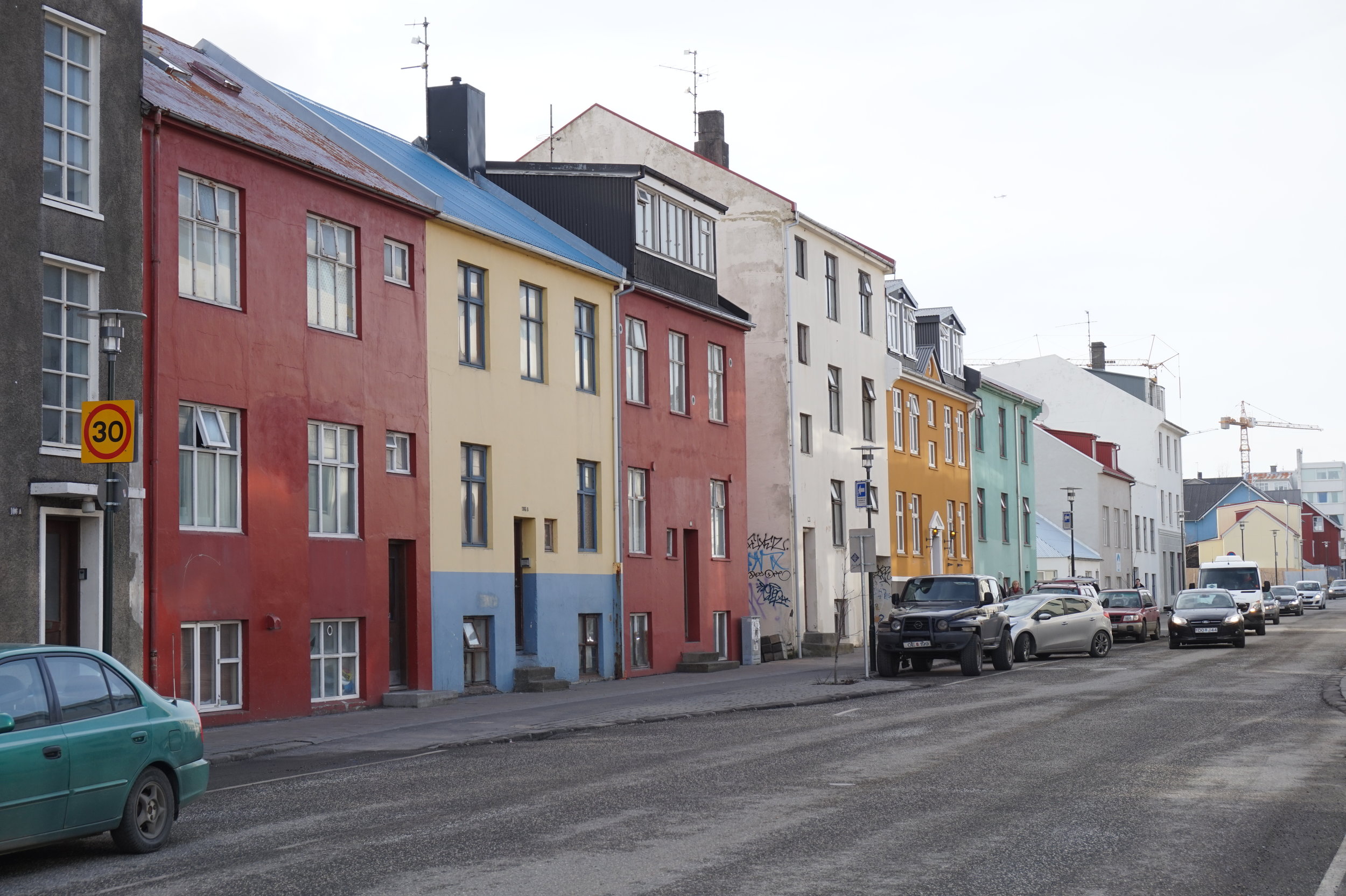




















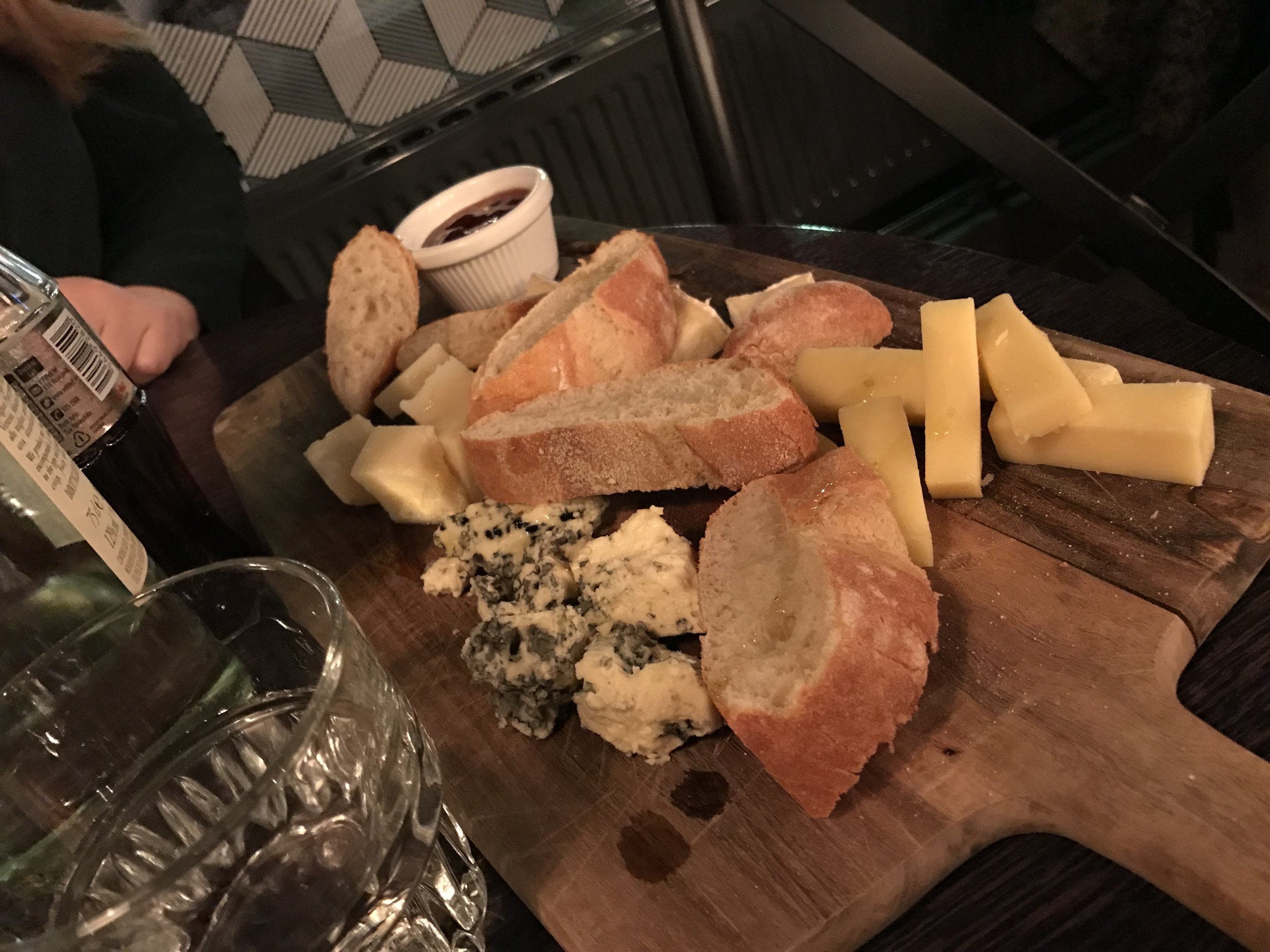
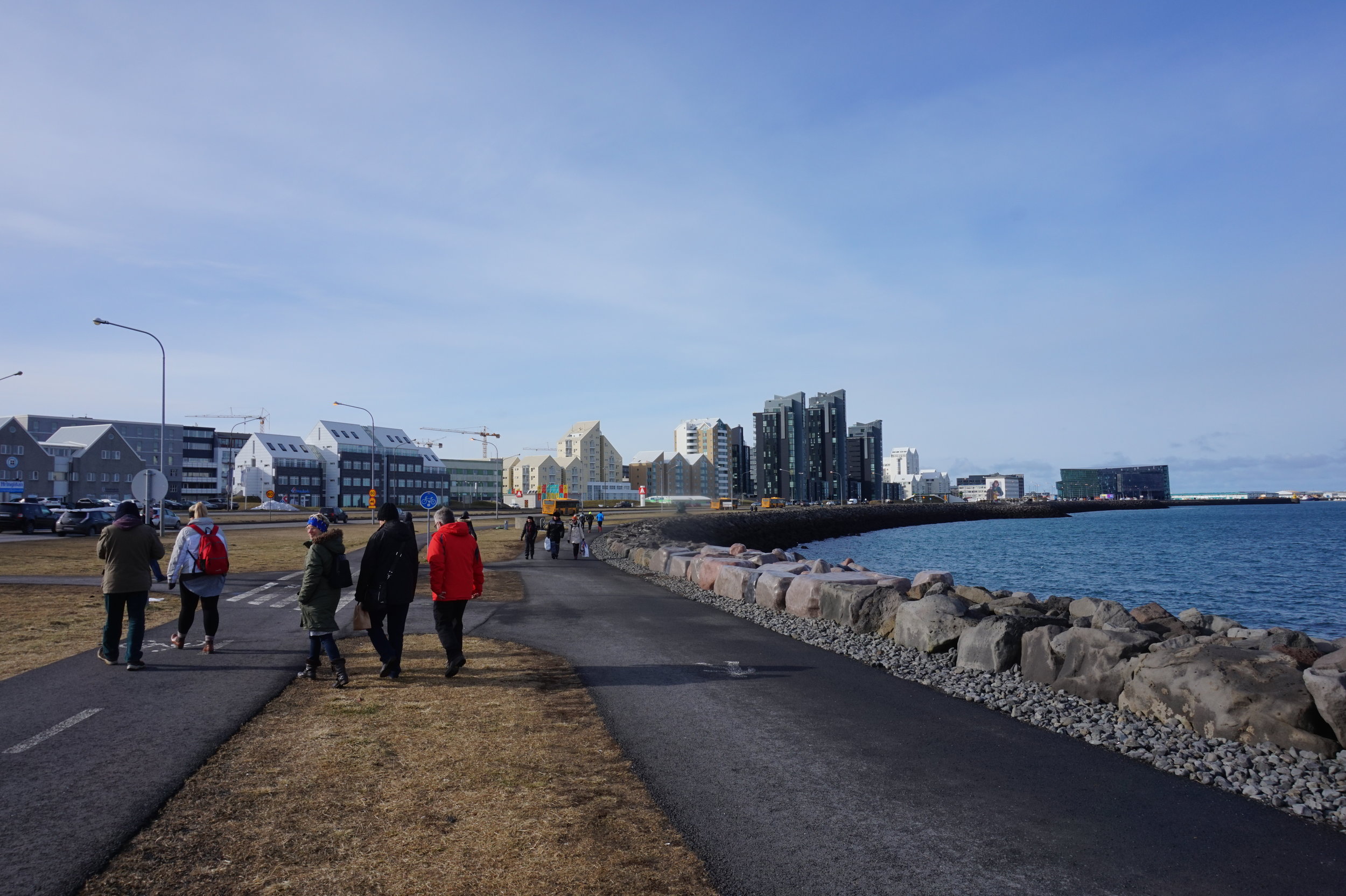

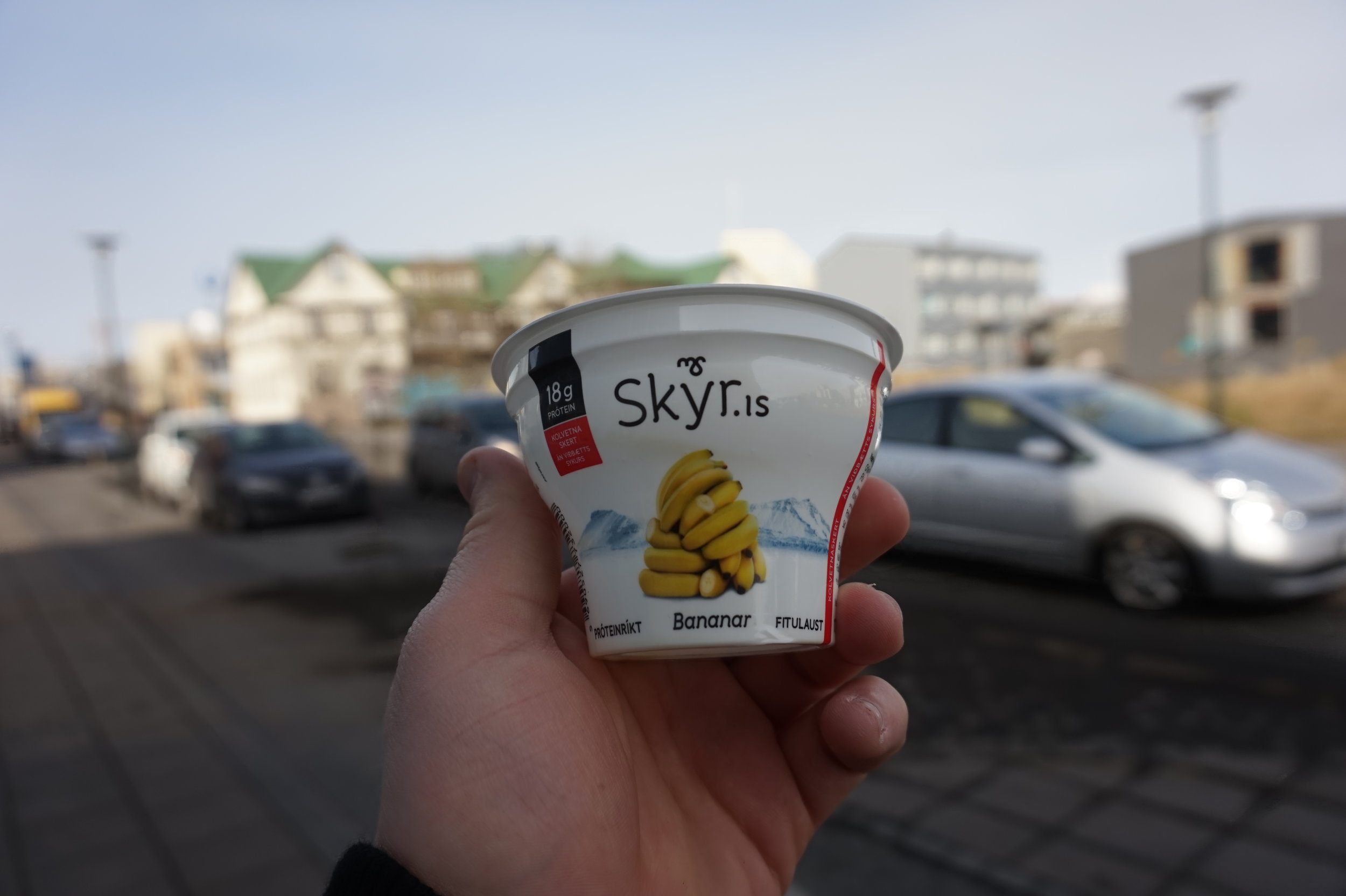




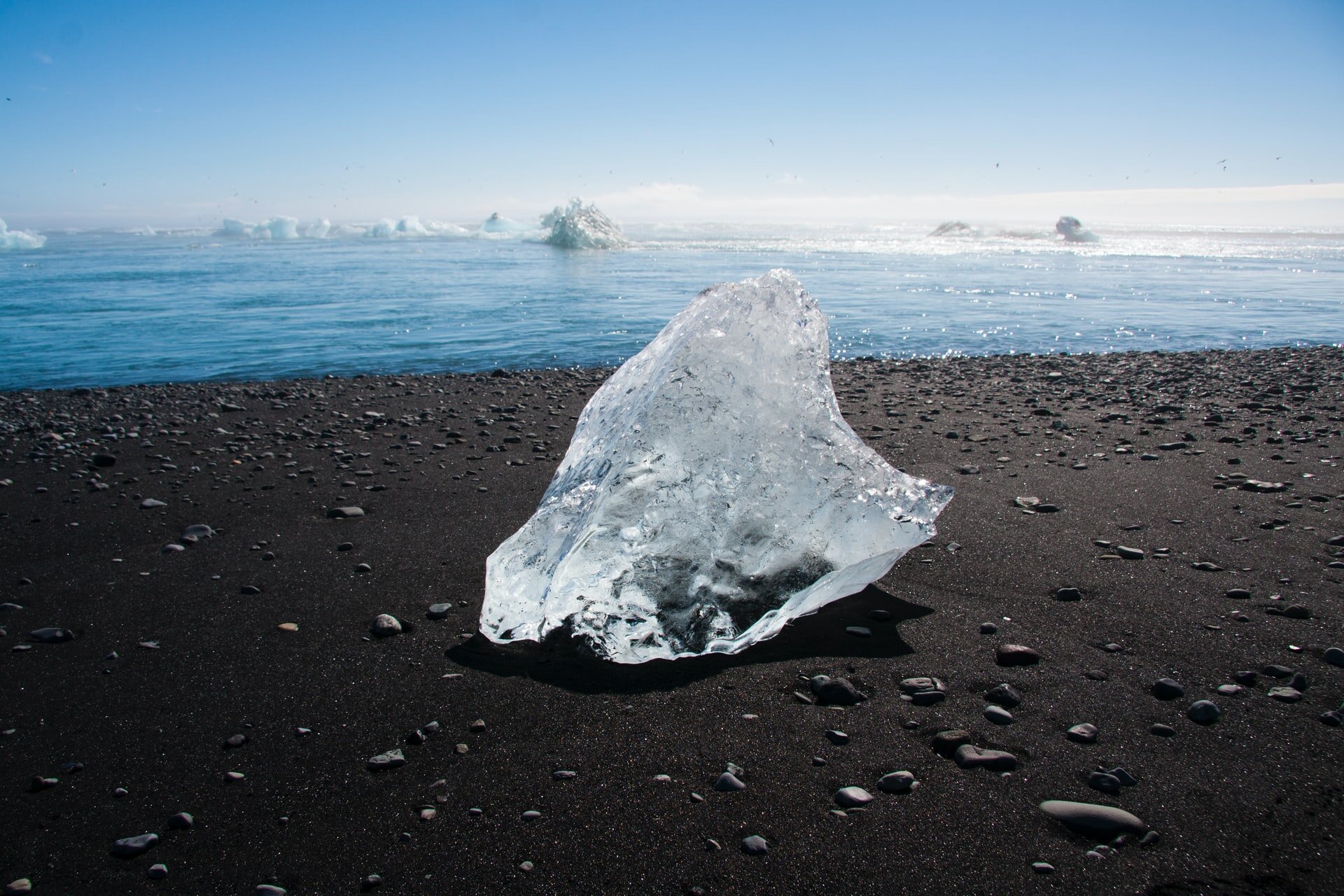












I’ve put together a list of attractions to help with creating your itinerary and planning your travels. So, here are five things you have to do in Reykjavik.